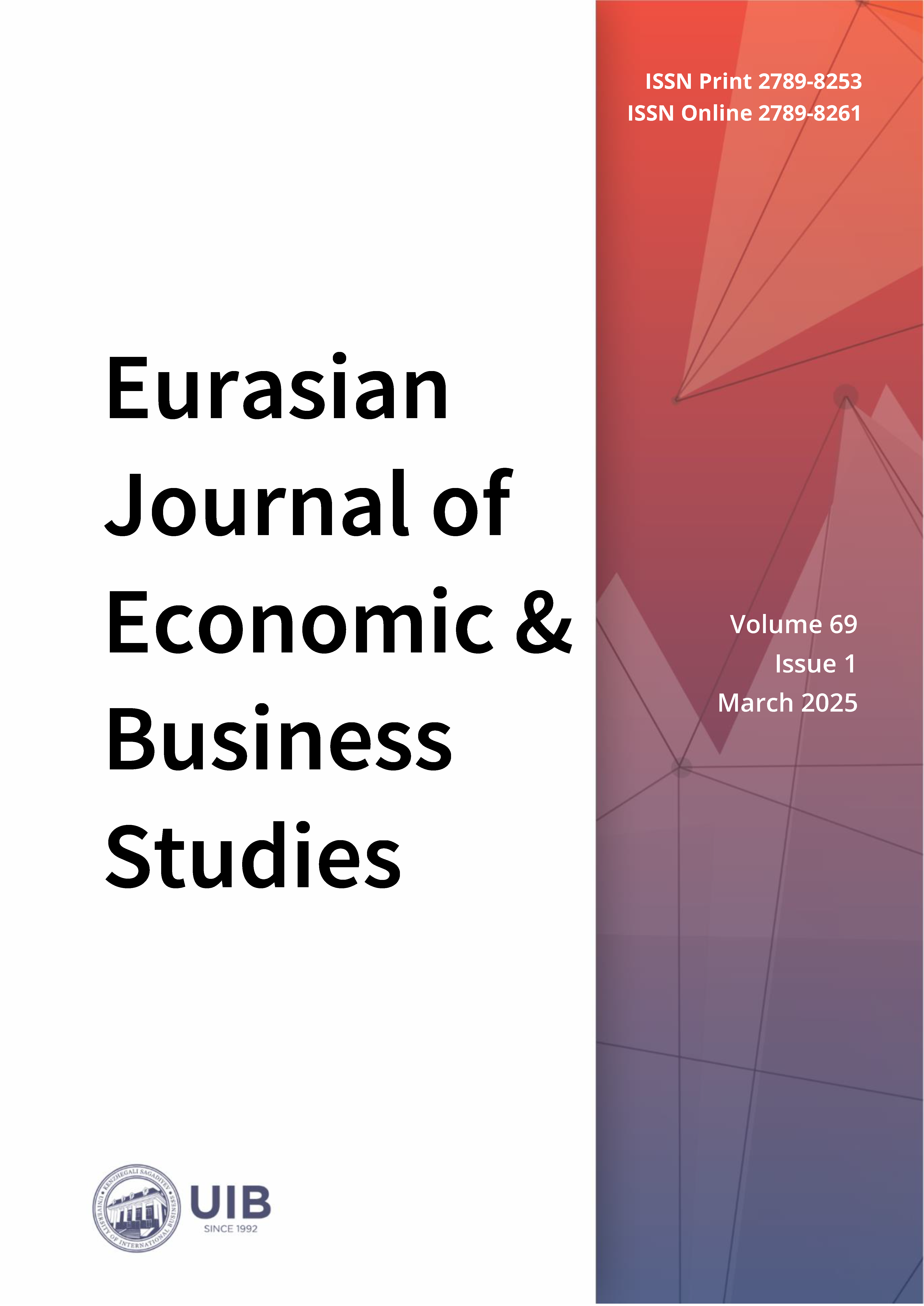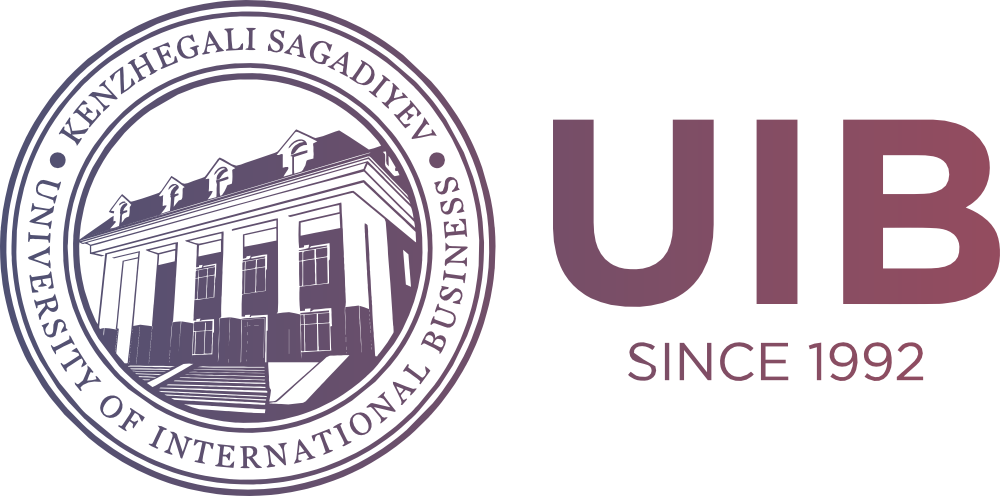Analysis of Structural Changes and Employment Dynamics in the Labor Market of Kazakhstan
DOI:
https://doi.org/10.47703/ejebs.v69i1.462Keywords:
Economy, Labor Economics, Economic Development, Human Capital, Staff Turnover, Personnel Costs, Labour Efficiency, KazakhstanAbstract
Understanding structural dynamics and workforce segmentation has become essential for sustainable economic policy and employment regulation in the context of global economic transformation, technological change, and labour market volatility. The goal of the current study is to identify key worker groups with varying levels of employment stability, staff turnover, and personnel cost distribution. The fuzzy clustering algorithm (Fuzzy C-Means) is used as the primary method, which makes it possible to assign objects to several clusters with varying degrees of affiliation. The analysis was based on official statistics of the labor market in the Republic of Kazakhstan for the period 2013-2023. The analysis revealed three stable clusters: stable workforce flow cluster with low staff turnover (0.172) and balanced replacement (0.152); adaptive cluster with moderate instability, turnover of 0.355 and demand for labor up to 30 020 people; unbalanced cluster with high-cost variability (up to 19 billion tenge), compensation (coefficient of variation of 0.386) and maximum admission of graduates (up to 86,227 people). Kazakhstan's labor market is characterized by stability in traditional sectors, moderate adaptation in cyclical industries, and high volatility in technologically advanced and competitive segments. These results suggest the need for a differentiated employment policy that considers industry-specific characteristics and the digital transformation of the economy. Future research should investigate sector-specific models of human resource transformation and explore how employment dynamics can be integrated into strategies for sustainable and innovation-driven development.
Downloads
How to Cite
Downloads
Published
Issue
Section
License

This work is licensed under a Creative Commons Attribution 4.0 International License.
Authors retain copyright and grant the journal right of first publication with the work simultaneously licensed under a Creative Commons Attribution (CC-BY) 4.0 License that allows others to share the work with an acknowledgment of the work’s authorship and initial publication in this journal.



